6 household surfaces you should never clean with baking soda, according to experts
Follow our handy guide on what not to clean with baking soda to avoid damaging any surfaces in your home
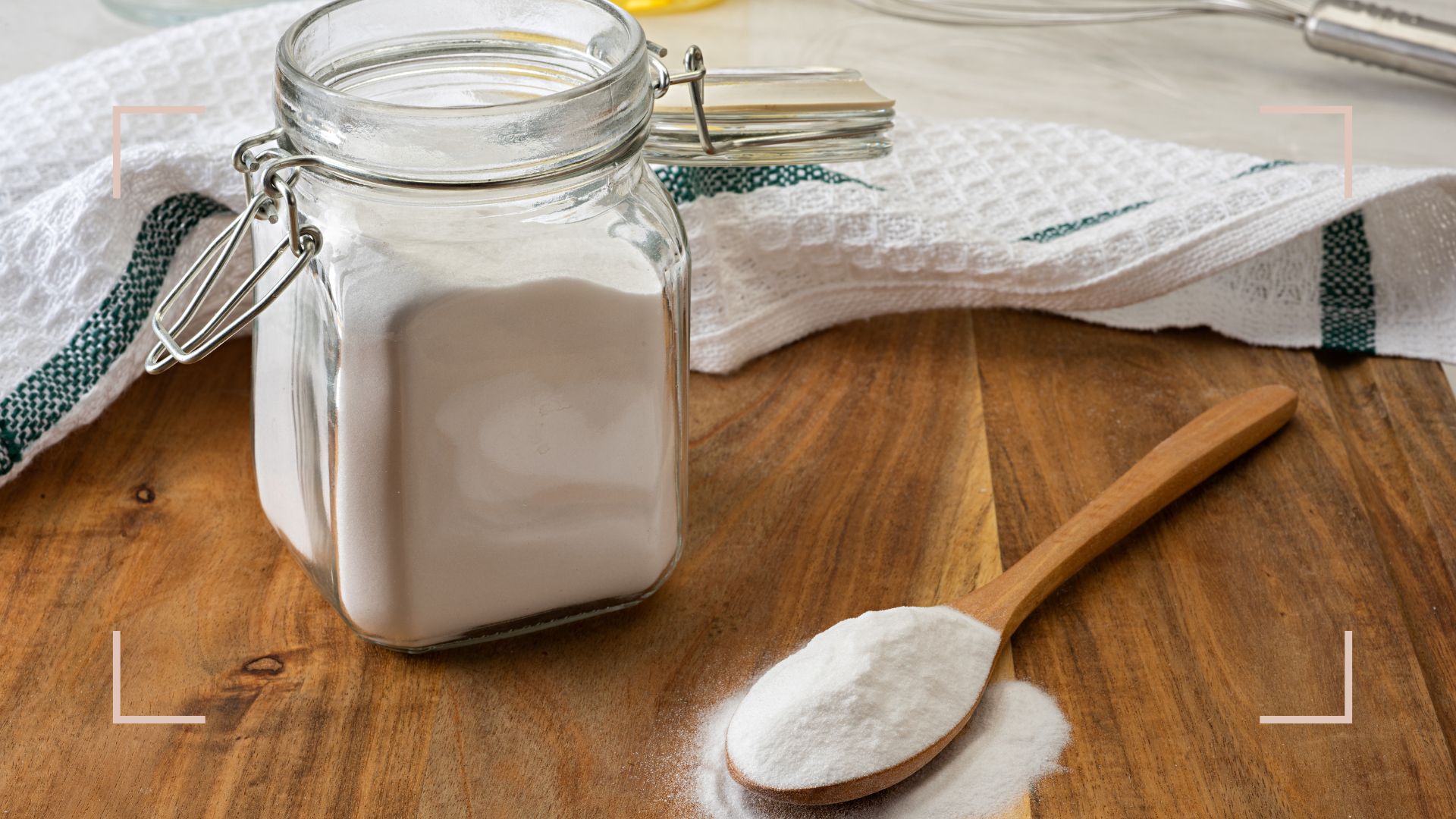

If you’re wondering what not to clean with baking soda, then you’re in the right place. While this natural ingredient is amazing for cleaning a whole array of household items, there are some things you should never clean with baking soda.
Don’t get me wrong, I’m a huge fan of all the expert cleaning hacks for cleaning with baking soda and use it wherever I possibly can because it’s eco-friendly and cost-effective.
However, there are some materials that cannot withstand the mildly abrasive and very alkaline nature of this magic cleaning powder, meaning it could actually cause damage rather than cleaning your kitchen quickly and easily.
What not to clean with baking soda – and what to use instead
Experts agree on what not to clean with baking soda because certain materials are best to avoid. To take the stress out of this potential cleaning minefield, we’ve compiled a handy guide to keep you on track and avoid any cleaning mistakes.
Don’t just take our word for it; today’s expert is Bunmi Scott, founder of It's All About Eco, an e-commerce business specialising in eco-friendly lifestyle essentials and green cleaning products. Bunmi shares top tips and tutorials for an eco-friendly lifestyle on her Instagram account @itsallabouteco. Today, she will help us navigate the dos and don’ts of cleaning with baking soda.
1. Microcement

Microcement is one of my favourite DIY materials; consequently, there is rather a lot of it in my home. It’s food-safe, waterproof, strong and resilient and holds up well to daily life as long as you seal it properly. I hoped to use baking soda for cleaning but as microcement is naturally porous it wasn't to be.
Similar to cleaning stainless steel it’s best to avoid abrasive cleaning products as this can scratch the surface, allowing moisture to penetrate the layers beneath. For this reason, microcement is on the list of what not to clean with baking soda.
Sign up to our free daily email for the latest royal and entertainment news, interesting opinion, expert advice on styling and beauty trends, and no-nonsense guides to the health and wellness questions you want answered.
Instead, it is recommended that you use a natural stone cleaner to ensure longevity for your microcement projects.
2. Marble surfaces
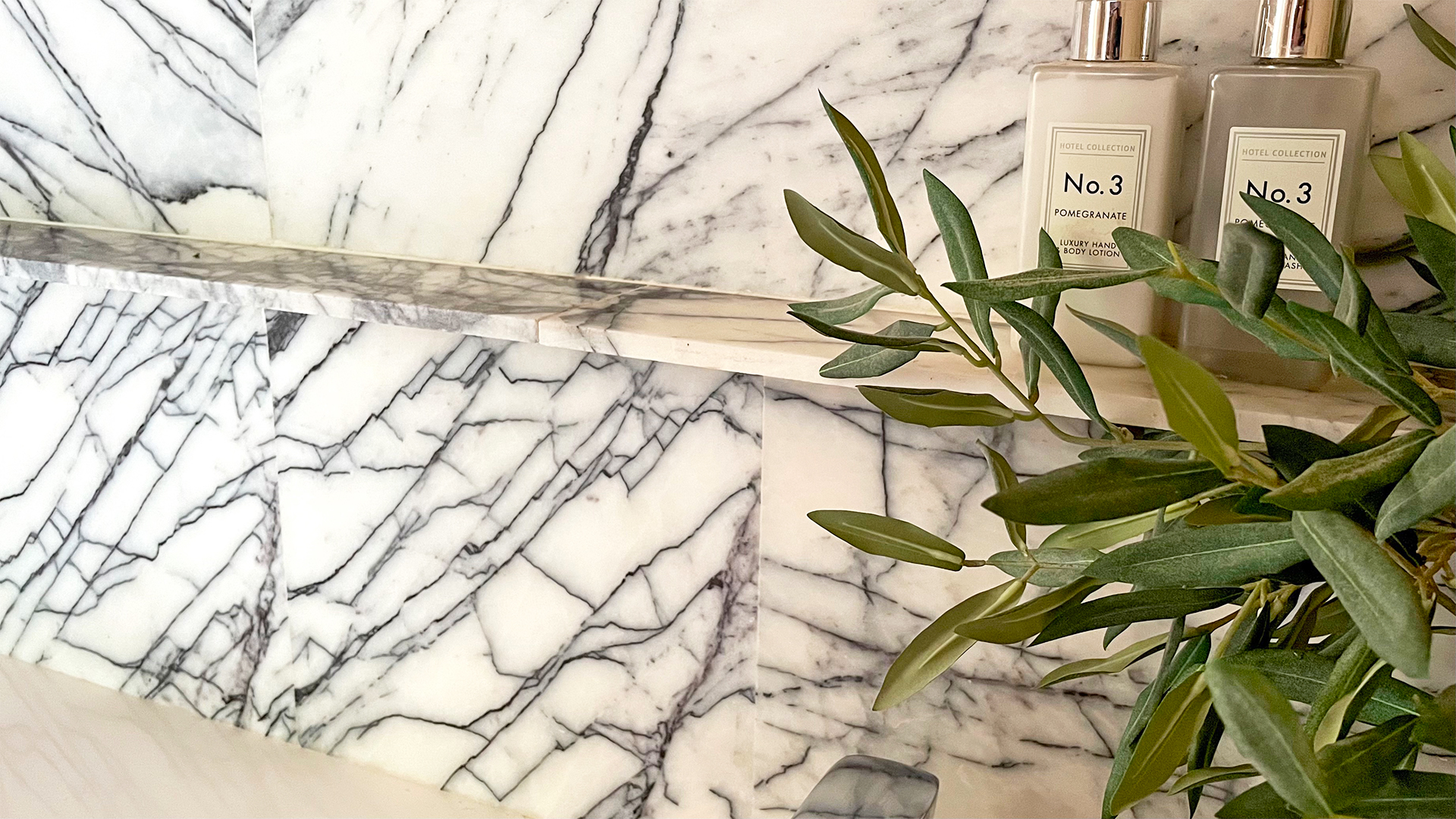
Similarly to microcement, marble is a natural stone and can be easily scratched, meaning that baking soda is not the best choice for cleaning chores.
Although baking soda is a strong alkaline (far more suited to cleaning natural stone than acid-like vinegar), its abrasive texture makes it slightly risky as it could damage the sealant, making it susceptible to stains. Regular use could also cause the marble’s surface to lose its shine.
Therefore, baking soda is useful for occasional oil-based stain removal on marble work surfaces, but it’s best to steer clear for daily cleaning tasks. This is also true for other natural stone work surfaces.
Our expert Bunmi Scott has this advice: "Bicarbonate of soda is an abrasive cleaner that can cause damage to the protective layer of marble surfaces such as your organised kitchen countertops."
Instead, she suggests, "A simple alternative to clean marble instead is warm, soapy water and a damp cloth. Alternatively, you can make an effective cleaner suitable for this surface and more using rubbing alcohol, castile soap, water and essential oils."
3. Wood
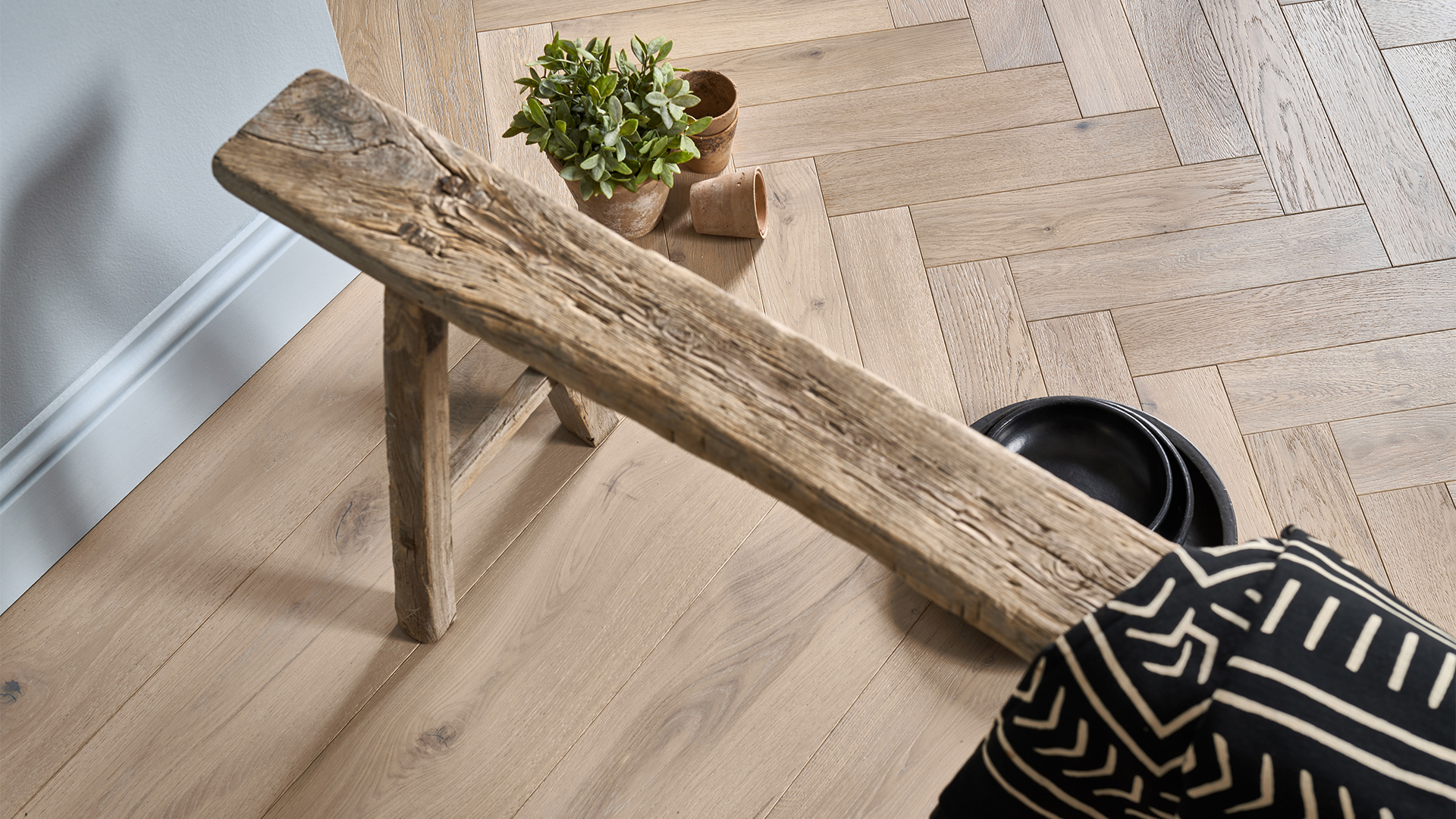
So far, we’ve looked predominantly at work surfaces and this next material could also fall into that category as well as being used for furniture and flooring. Wood is one of the more surprising entries on the list of what not to clean with baking soda, but it makes sense when you think about it.
As we’ve seen, baking soda is abrasive and very alkaline, these properties make it a bad idea to use on wooden surfaces around the house, as the wood can become scratched and stained and the sealant or wax coating could be damaged, making it susceptible to further issues. We know this from the guidance on cleaning wooden spoons and how to clean hardwood floors.
Bunmi had this to add, "When it comes to a wooden item in your home, you ideally want to stay away from using bicarbonate of soda to clean it. Due to the high pH balance of bicarbonate of soda, when it interacts with wood, it can cause a chemical reaction which in turn can cause your wood items to get stained."
4. Aluminium
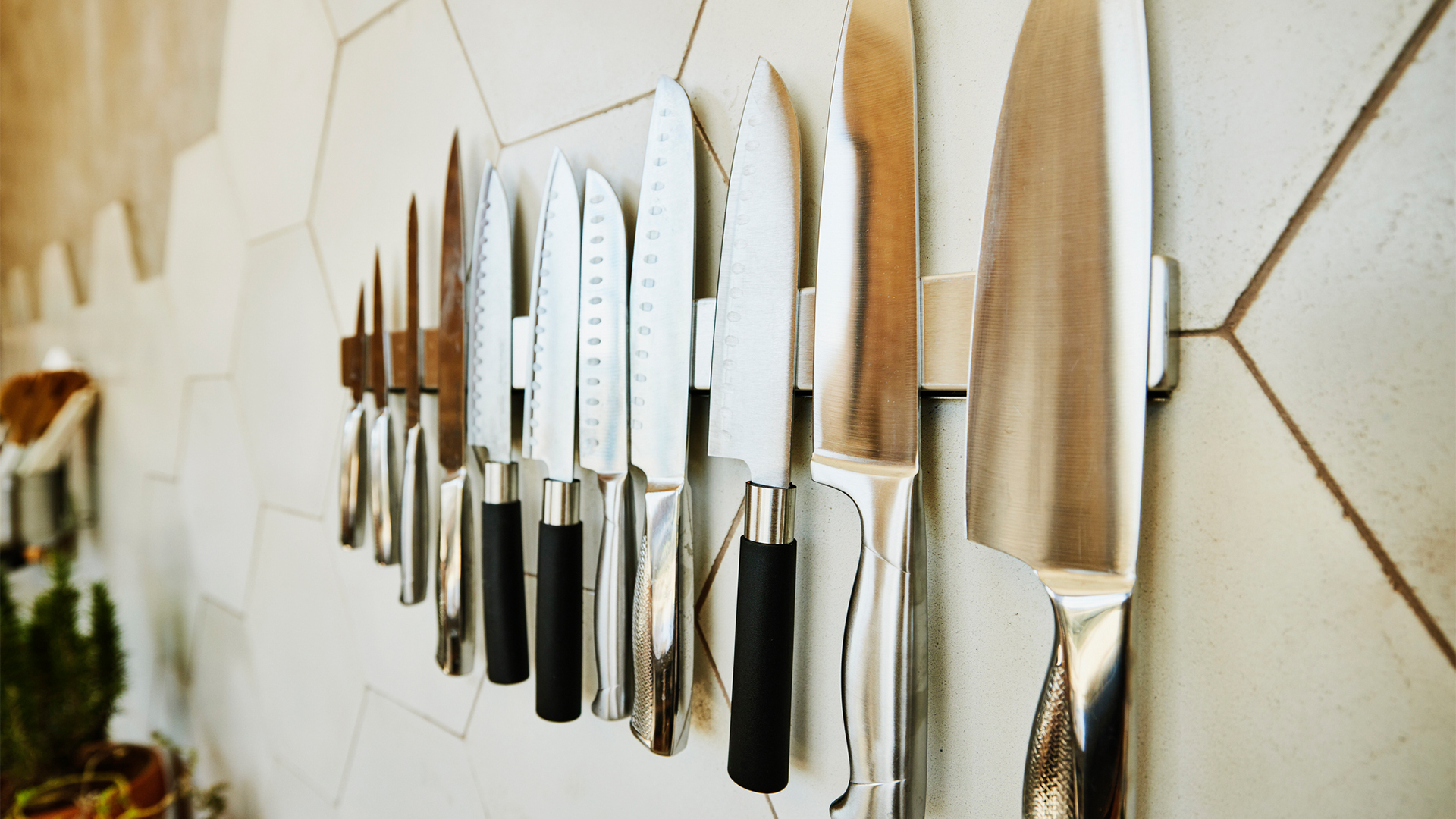
Aluminium is a popular material with many uses around the home. It’s known for being tough and practical and can be found on furniture, utensils and cutlery. Despite these qualities, aluminium can be scratched by abrasive materials, making it unsuitable for a scrub with baking soda.
Interestingly, experts also advise aluminium knives are something you shouldn’t clean with vinegar as its acidic properties can cause the edge of the blade to warp. In fact, good old-fashioned fashioned dish soap is the best cleaning product to use on aluminium knives.
5. Non-scrubbable painted surfaces
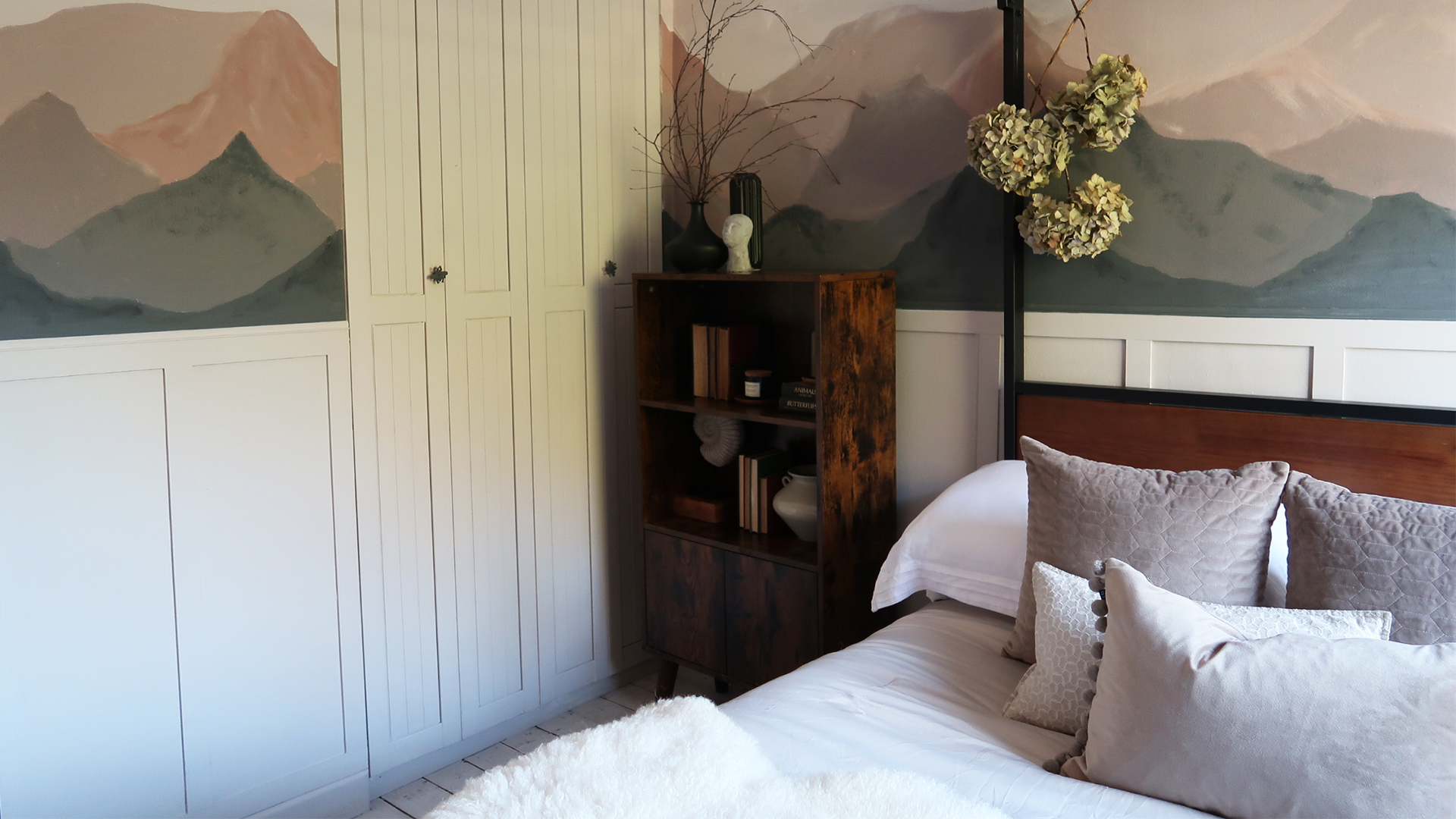
Walls in high-traffic areas and busy homes can get marked and grubby, and it can be tempting to reach for a powerful cleaning agent like baking soda to clean walls.
However, due to its abrasive nature, baking soda is not the best option to use in this scenario, as it can remove the top layers of paint, causing damage and meaning a new paint job is required. This is especially true for non-scrubbable emulsions, as this type of paint is not designed to hold up to a vigorous cleaning routine.
6. Glass

To be clear (no pun intended), the type of glass we are talking about here is the sort you need to see through, so windows, bifold doors and glass-fronted cabinets, for example.
The reason that you should not clean this type of glass with baking soda is that it is abrasive and can scratch the surface of the glass, causing it to become dull and marked. The best way to clean windows without streaks is by using a spray bottle filled with equal parts distilled water and vinegar.

Claire is a DIY and home interior writer specializing in budget room transformations, creative DIY projects, and resourceful home styling. Claire runs the popular home interiors blog ClaireDouglasStyling and shares all her DIY tips, tricks, and behind-the-scenes styling insights on her Instagram and Tiktok accounts. When she's not writing, Claire enjoys foraging for flowers and foliage and experimenting with interesting materials and decorating techniques to incorporate into future interior schemes; micro cement and postal tubes were a recent unusual but triumphant pairing. In her spare time, Claire enjoys creating floral installations for her home...the more bonkers the better!